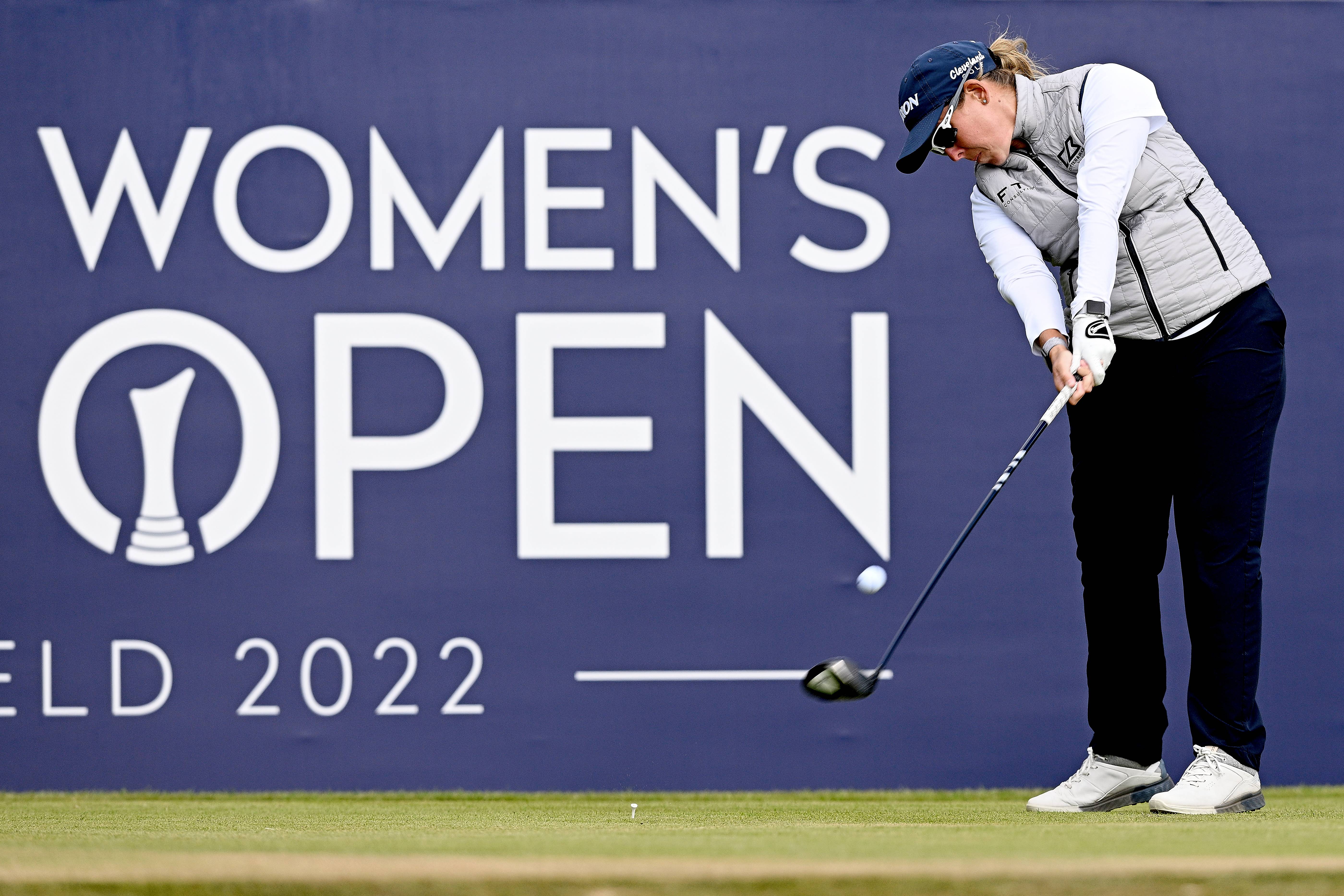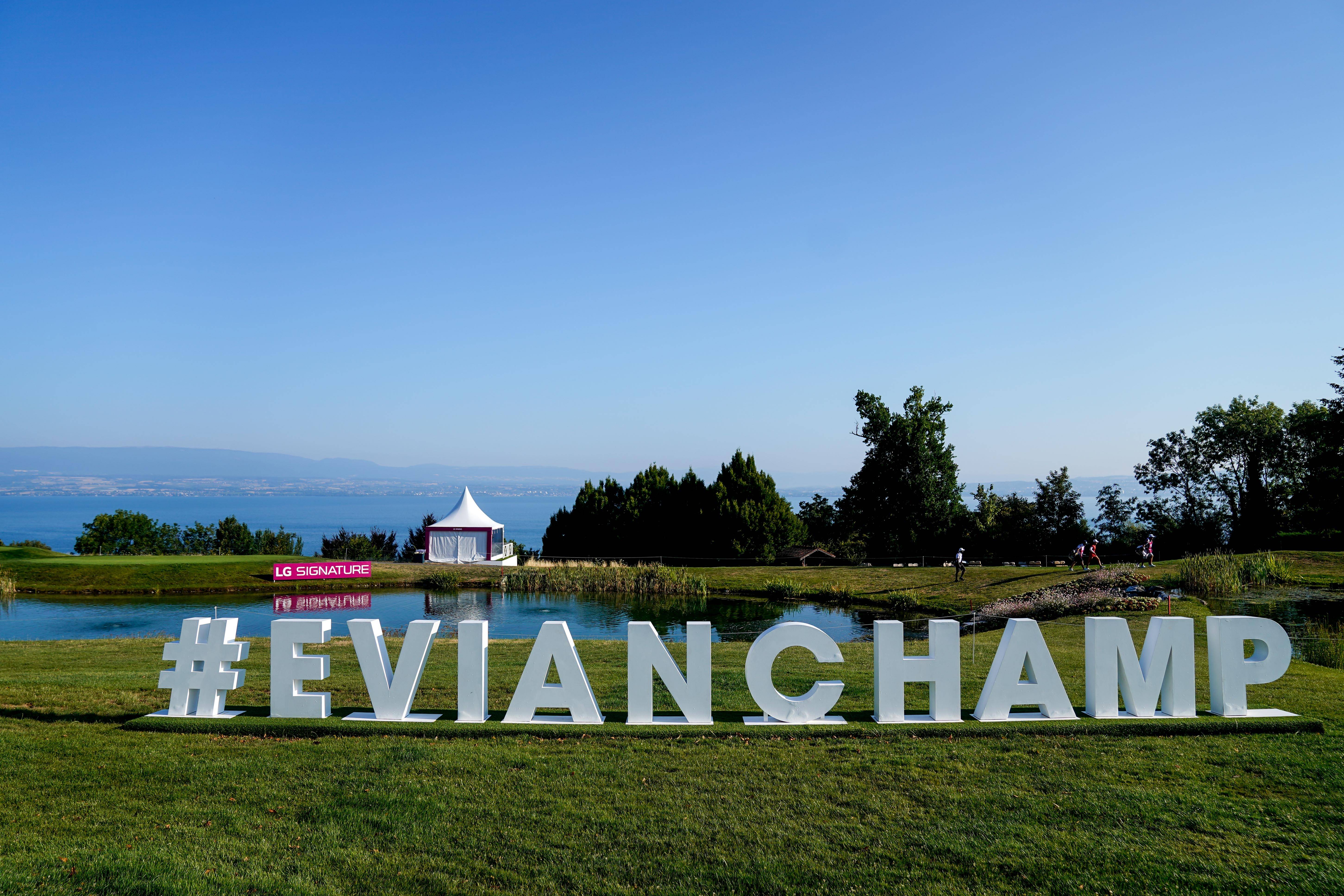
Ask most avid golfers to name the four Major championships in the men’s game and most do so easily - the Masters tournament, the PGA Championship, the U.S. Open and The Open Championship. Ask the same question of the women’s game and many of us get confused, especially if titles have changed due to new sponsorship, plus there are five to remember.
The additional ‘Major’ is the tournament formerly known as The Evian Championship, and is now The Amundi Evian Championship. The fact is that when the LPGA made the decision to elevate the Evian Championship to major status in 2013 it came under, excuse the pun, major criticism, both from fans and players alike. In the LPGA’s words, “The LPGA did not add a fifth Major championship to change history, alter discussion or make the accomplishment of a grand slam more difficult. We added a fifth Major to create an incremental opportunity for the women’s game.”

So what was the reasoning behind it? It actually goes back more than two decades and has to do with the unhealthy habit of smoking. In 2001, the du Maurier Classic, held in Canada, lost its primary sponsorship after that country passed severe restrictions on tobacco advertising. The tournament, now known as the Canadian Women's Open, is still a regular event on the LPGA Tour, but no longer designated as a Major. As a result, the LPGA elevated the AIG Women's Open to major status to replace the du Maurier Classic.
As the women’s game has a more, let’s say fluid, history of Major championships (there have been as little as two and as many as five) the LPGA simply saw an opportunity to elevate the status of the Evian Championship to a Major and in doing so promote the women’s game globally and did so.
But what about the history books I hear you say? The decision to add a fifth Major was not without controversy. In doing so the LPGA made it more difficult to win the career grand slam and also, it could be argued, diluted the status of LPGA players who captured a career slam in the four-Majors era who never had a chance to compete for the newest addition, the Amundi Evian Championship, post 2013.

Yet the LPGA had a sensible response to this argument too: “For players (active or retired) who have won four different Majors in their careers, the LPGA has and will continue to acknowledge them as having a Career Grand Slam. And for players (active or retired) who have won five different Majors available in their careers, the LPGA has and will continue to acknowledge them as having accomplished a Super Career Grand Slam.”
However, given the very chequered history of women’s Majors (in 1968-78 there were only two Majors, and in 1967 and 1979-82 there were only three) it’s probably fair to say that it doesn’t matter so much to the fans of tradition. Even the first woman to win a Major did so 20 years before they formally existed. The LPGA is certainly more international than the PGA Tour. So it makes sense that in adding a fifth Major they are doing so outside the United States, though considering the balance of power in women’s golf, perhaps Asia should be next and add a sixth Major? Watch this space!
Did You Know?
During the four-major era, six women completed a "Career Grand Slam" by winning four different majors, they are: Pat Bradley; Juli Inkster; Annika Sörenstam; Louise Suggs; Karrie Webb; and Mickey Wright.
During the five-major era, Inbee Park became the first woman to complete the "Career Grand Slam." Even though there has been some debate surrounding whether Park has actually accomplished this feat, as she won The Evian Championship in 2012 before it officially became a major in 2013, LPGA acknowledged Park to have successfully achieved a "Career Grand Slam.”
The LPGA recognises Karrie Webb as its only "Super Career Grand Slam" winner, since she is the only golfer to have won five events recognised by the LPGA as majors.







